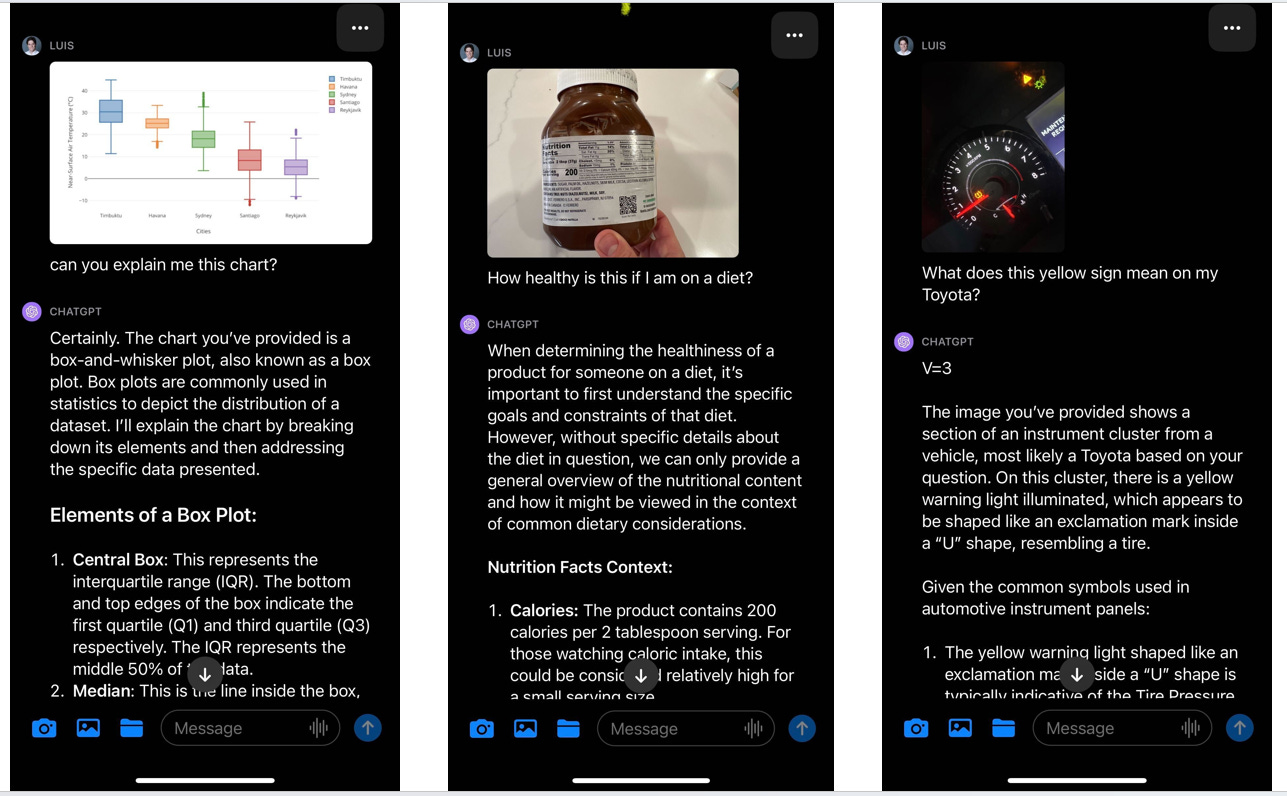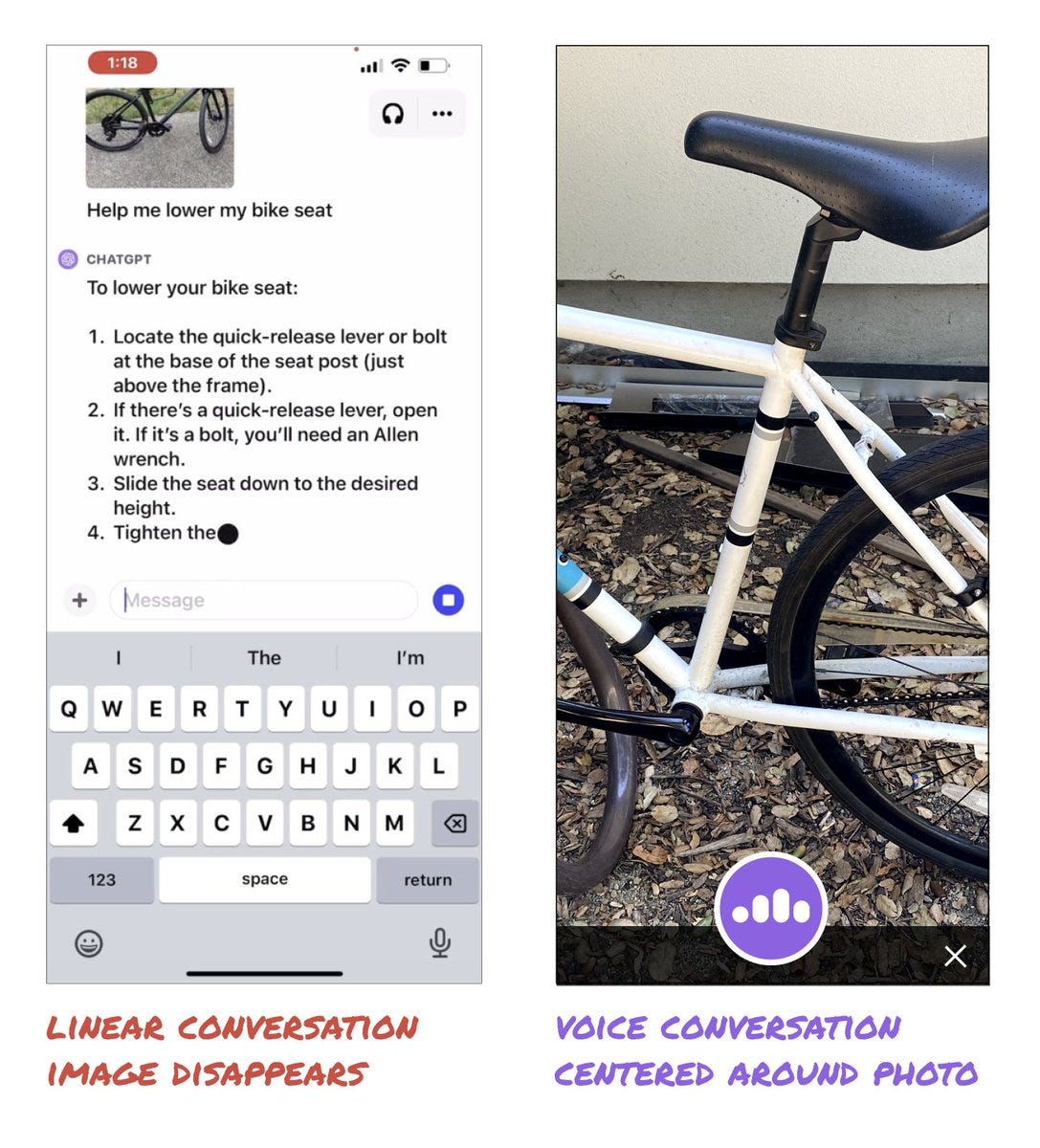The Economic Incentives Behind AI Regulation
PLUS: Adobe Firefly's Image Creation, The Future Face of AI Interfaces, and 2023 State of AI's Lessons and Forecasts.
Hola, and welcome back. This week's edition will cover the following topics:
Bill Gurley: The Hidden Agendas Behind AI Regulation
Adobe Firefly 2: The New Standard in AI Image Generation
AI Productivity Tip: Easy Chart Reading with ChatGPT PLUS and Bing Chat
The Future of AI Interfaces: Beyond the Text Box
From the State of AI 2023 Report: What We Learned and What to Expect in 2024
Let's Jump In!
1/ Bill Gurley on the Paradox of AI Regulation and Open Source
Bill Gurley, one of the most brilliant people I know, calls out the hypocrisy of the early AI incumbents pushing for regulation. In a recent podcast with Jason Calacanis, Gurley said that these well-funded companies want to choke out competition by getting governments to limit open-source AI. Gurley warns that this push for government control could backfire, harming tech and society.
Gurley highlights the irony of OpenAI, once a champion of open access, now becoming a walled garden. He notes that the call for regulation isn't from the tech community at large but from those with the most to lose—big investors and the companies they back. He warns that this could result in a societal loss by stifling the free flow of ideas.
Gurley also flags a global risk: if one region clamps down on open-source AI, it will fall behind the rest of the world in innovation.
If you want to learn more from Bill Gurley on this topic, I recommend watching his video titled 2,851 Miles.
2/ Adobe Firefly 2: Setting a New Standard in AI Image Generation
Prompt: “A close-up shot of a happy woman wearing a red hat on vacation in the Caribbean, with a sunset over the sea in the background.”
On Tuesday, Adobe unveiled the Beta version of Firefly 2, and it's nothing short of amazing. It's become my new go-to AI image creation tool, outperforming MidJourney and DALL-E 3. Just look at the image above; the level of detail is astonishing. From the eyes to the wrinkles and teeth, everything appears more natural and lifelike, even upon close inspection.
But it's not just about image generation. Firefly 2 brings a suite of AI editing tools to the table, including features for adding or removing elements, photo upscaling, and brand style alignment. These capabilities make it versatile for various projects, from digital marketing to educational content.
For businesses, Adobe sets itself apart with its ethical AI practices. The company strictly avoids training its AI on unauthorized art, and the new Content Credentials feature provides a transparent view of each image's origins. This blend of quality and ethical responsibility makes Adobe a trustworthy choice for any organization's visual needs.
Firefly 2 is free to try. Check it out here.
3/ AI Productivity Tip: Decode Complex Charts w/ChatGPT Plus or Bing Chat
Struggling with complicated charts? ChatGPT Plus and Bing Chat have you covered. Upload a screenshot of the chart, ask, "What does this mean?" and you'll get a straightforward explanation. For even more accurate results, include some background on the chart's origin, and you'll get an answer tailored to your business context. (Refer to the example above for an in-depth breakdown of a box plot chart.)
The utility of these multi-modal chat services extends beyond just charts. I've found them invaluable for interpreting various types of visual information. For instance, I snapped a photo of a food container's nutrition facts label and asked if it aligns with my diet. (Spoiler: It was Nutella, so you can probably guess the answer.) On another occasion, a new light lit up on my car's dashboard. A quick photo and mentioning my car's brand gave me the information I needed to address the issue.
Try these features on ChatGPT Plus or Bing Chat to see how they can enhance productivity and decision-making.
4/ Breaking Free from the Google Search UI Paradigm
Source: Elizabeth Lakari X account
Elizabeth Laraki, one of the original four designers at Google Search in 2006, recently took to X (Twitter) to discuss a seismic shift in AI interfaces. She argues that we've been stuck in the Google Search UI paradigm for two decades, but the rise of Large Language Models (LLMs) like ChatGPT, Bard, and Claude offers a chance to break free. Laraki is particularly excited about the multi-modal capabilities these models are beginning to showcase. Imagine, she says, an AI that can not only read your text but also interpret your sketches, listen to your voice, or even engage in real-time video interactions.
I share Laraki's enthusiasm for this transformative vision. She challenges designers to push the boundaries and explore multi-modal interactions. Imagine an AI interface that could include image and voice inputs, real-time video interactions, and context preservation over time. Laraki's call to action is a golden opportunity for designers to be at the forefront of the next big leap in AI interfaces.
5/ State of AI 2023 Report: Key Insights and 2024 Predictions
Air Street Capital, a venture capital firm specializing in AI-first technology and life science companies, has released its 2023 State of AI report. These are the points I found compelling:
2023 AI Highlights:
GPT-4's Leadership: GPT-4 leads in benchmarks and human-designed exams, validating proprietary architectures and human feedback.
Competing Efforts on Generative Models: The race to match or exceed GPT-4 intensifies, fueled by smaller models and better datasets.
Real-World Impact: LLMs and diffusion models are significantly contributing to real-world applications, particularly in life sciences.
Safety in Spotlight: The AI safety debate has entered mainstream conversations.
Hard-to-Test Concerns: Standard LLMs face challenges in robustness, questioning the adequacy of casual evaluation methods.
2024 Predictions:
Self-improving AI agents will set new standards in complex environments like AAA games, tool use, and science.
An AI-generated song will make it to the Billboard Hot 100 Top 10 in 2024.
Limited progress is expected in global AI governance.
At least one major AI-focused company, such as Databricks, will go public.
For a good dive into these insights and more, review the full 160-page report.
Feedback is a GIFT: Send me a note to my email with your suggestions.
Catch up on previous editions.
Stay curious,
Luis Poggi








